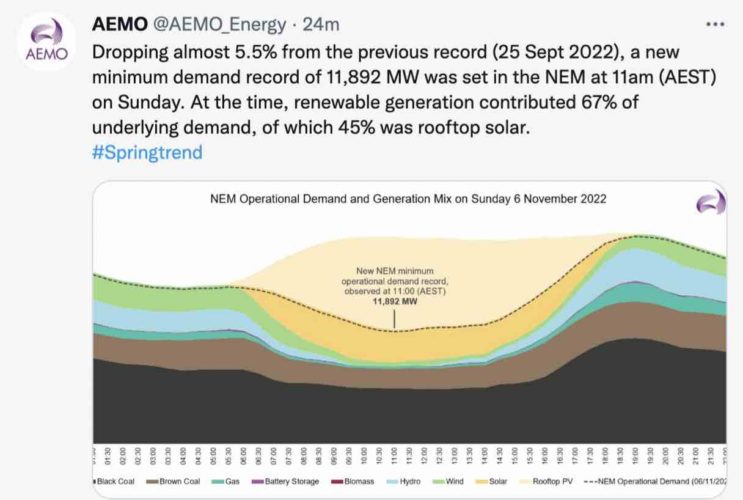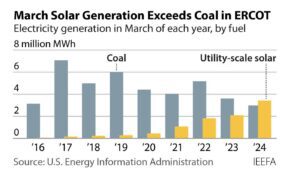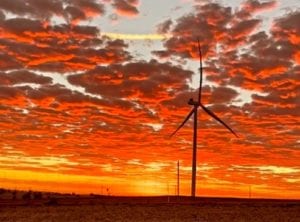The combination of large scale and rooftop solar set new generation records on a sunny and mild spring day on Sunday, at the same time as sending grid demand – and the demand for coal – down to new lows.
The new records continue the story of a rapidly changing grid. High levels of renewable penetration may only be short-lived for the moment, but with dozens of gigawatts of new wind, solar and storage capacity to be added in coming years, they also tell a story of the future.
On Sunday, around 10.50 (grid time, which is AEST), big and small solar combined to set two new records for the share of total generation – leaping to 59.2 per cent and easily beating the 56.7 per cent level reached just a day earlier on Saturday.
Even in NSW, with the country’s biggest coal fleet of more than 10GW, the share of large scale and rooftop PV reached a new record of 63.15 per cent at 11.15am, beating the 62 per cent reached earlier last month.
Coal generation in NSW slipped to less than 3GW, just one third of total generation at the time, and less than 30 per cent of its capacity.
That reduced dependence on coal was highlighted by a slump in overall demand to a new record low of 11.9GW across the whole of the National Electricity Market, which encompasses the eastern states including Tasmania and South Australia.
That new low, set in a five minute period, easily beat the previous low of 12.5GW recorded in mid September, according to GPE Nemlog2.
The Australian Energy Market Operator confirmed the new record low, saying demand hit a new minimum of 11.89GW, almost 5.5% from the previous record set on September 25.
This low is even more impressive given it is calculated over a 30 minute settlement period, rather than the 5 minute trading intervals monitored by other data providers.
AEMO noted that at the time of the new record, renewable generation contributed 67 per cent of underlying demand, of which 45 per cent was rooftop solar.
This next graph, also from GPE Nemlog2, shows the rapid change is demand lows over the last four years. In mid-2018, the lowest demand level on the NEM was just under 19GW, and it is now fallen by around 7GW.
That has complicated life for a lot of coal generators, and brought prices down in the middle of the day. This used to be the time that coal generators ate a big fat lunch, unimpeded by competing technologies from the sun, and desert was served in the evening peak.
The growth of solar has put the coal sector on rations in the middle of the day, and the coal industry has had to focus its profit-making in the evening peaks and other times when it has less competition.
Of course, AEMO expects the grid to experience moments when renewables account for 100 per cent of grid demand, which means that the lunch for coal generators will be taken completely off the table, or a lot of storage, and green hydrogen production, will be needed.
But that will simply encourage yet more renewables to be built. Which is why many energy analysts find it hard to imagine that coal fired generators will survive much beyond 2032, despite the “lights will go out” scare campaigns of AGL and the like.
It will, however, require a huge effort to make sure the new generation, transmission and storage is built on time, along with the implementation of new rules, market signals and grid management protocols.













